8 Used Hybrids That Are Totally Worth It — and 3 That Aren’t

Contents
Introduction
“Is it worth it to buy a used hybrid?” That’s a question we often hear from used car shoppers, and it’s a good one. With their superior fuel economy, hybrid models save you money at the gas pump. However, they also tend to come with higher price tags than their non-hybrid counterparts, even on the used market.
To be truly “worth it,” a hybrid’s long-term fuel savings needs outweigh its initial price premium — and the sooner, the better. But that’s not always the case.
We crunched the numbers for 18 hybrid models popular with used car buyers and compared them to their non-hybrid versions. What we found is that some used hybrids pay back their price premiums very quickly — within just a year or two. Others, though, can take a decade or more, well beyond the typical car ownership period. In those cases, choosing the hybrid clearly isn’t worth it.
Of course, reducing fossil fuel use is always a worthwhile cause. But if you stick to the hybrids on our “worth it” list, you can go green and save some green at the same time.
Methodology
For this analysis, we compared three-year-old hybrid models with their non-hybrid equivalents in the least expensive matching trim. For example, we used the mid-grade SE trim for the Ford Fusion since it’s the lowest-priced version of the hybrid model.
Our estimated purchase cost reflects Edmunds‘ average transaction price for a typical used example from the 2020 model year.
Our estimated fuel cost assumes each vehicle travels 15,000 miles a year, earning its EPA-estimated combined fuel economy rating. We pegged the average price of gasoline at $3.75 per gallon.
We also compared other ownership expenses, such as insurance, upkeep, and depreciation, but we didn’t find significant differences between hybrid and non-hybrid versions. One notable exception is that hybrids eventually need a replacement battery pack. This typically occurs after about ten years or 150,000 miles at a cost of $2,000-$5,000. If you’re shopping for older or high-mileage hybrids, be sure to factor that in.
Worth It
Here are the eight used hybrid models that earn back their price premiums the fastest — all in four years or less. That’s about half the typical car ownership period in the U.S., putting the average buyer of one of these models significantly ahead.
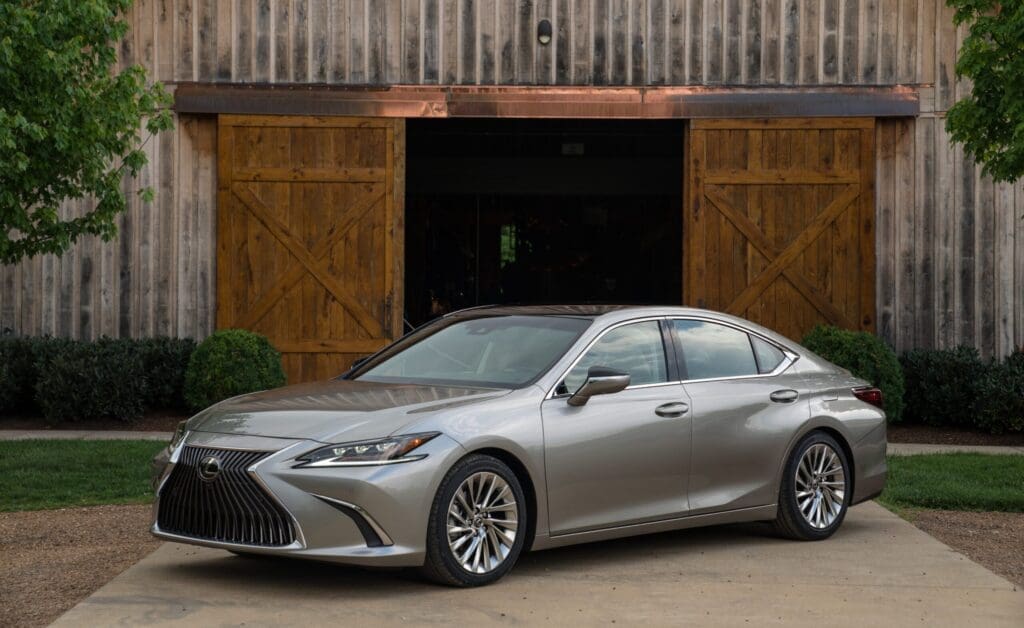
Lexus ES 300h
- 43 mpg (combined)
- $883 purchase premium
- $775 annual fuel savings
- 1.1 years to break even
The Lexus ES 300h is our top pick for those looking to break even quickly on their investment. With a modest upfront premium of $883 over its non-hybrid counterpart, the ES 350, and an impressive annual fuel savings of $775, this upscale sedan allows you to recoup your extra expense in a swift 1.1 years.
Beyond the numbers, the ES 300h offers a comfortable, quiet ride and a well-appointed interior, making it a hit among buyers seeking a luxurious driving experience without compromising fuel economy. Its reputation for reliability and excellent safety features also adds to its value proposition.

Ford Fusion Hybrid
- 42 mpg (combined)
- $804 purchase premium
- $670 annual fuel savings
- 1.2 years to break even
The Fusion Hybrid impresses with a minimal purchase premium of just $804 over the standard version. With annual fuel savings clocking in at $670, Ford’s midsize hybrid sedan breaks even on its extra cost in approximately 1.2 years.
But there’s more to love about Fusion Hybrid than just the numbers. It offers handsome styling, rewarding handling, and a roomy interior. Since 2019, it’s also come equipped with an array of standard safety tech, including adaptive cruise control, lane departure warning, and blind-spot monitoring, making it a well-rounded choice for those looking to save at the pump without sacrificing comfort or peace of mind.

Toyota Avalon Hybrid
- 43 mpg (combined)
- $1,127 purchase premium
- $775 annual fuel savings
- 1.5 years to break even
The Toyota Avalon Hybrid makes a compelling case for itself with a relatively small purchase premium of $1,127 over the regular model. Given its substantial annual fuel savings of $775, you can expect to break even in roughly 1.5 years of driving.
But the Avalon Hybrid is more than just a financial equation. This full-size sedan delivers a smooth, quiet ride that’s complemented by a cavernous interior. Owners often tout its seat comfort, and if you opt for models from 2019 onwards, you’ll also benefit from standard driver aids such as automatic emergency braking and lane-keeping assist. These make the Avalon Hybrid a solid choice for those who want to enjoy full-size luxury while being mindful of both their wallet and the environment.

Toyota Highlander Hybrid
- 36 mpg (combined)
- $2,151 purchase premium
- $688 annual fuel savings
- 3.1 years to break even
The Toyota Highlander Hybrid commands a relatively high purchase premium of $2,151 over the standard Highlander. Its annual fuel savings of $688 means you’ll break even in about 3.1 years. That’s about twice as long as the top models on our list, but it’s still much better than average.
The Highlander Hybrid has some desirable attributes that make that modest wait worthwhile. For one, it’s the only three-row SUV on the “Worth It” list, making it a family-friendly pick. It also enjoys Toyota’s longstanding reputation for reliability, and it’s available with all-wheel drive for those who need it. To get the most fuel savings from this hybrid crossover, focus on 2020 or newer models, which benefit from a revised powertrain with improved fuel economy.
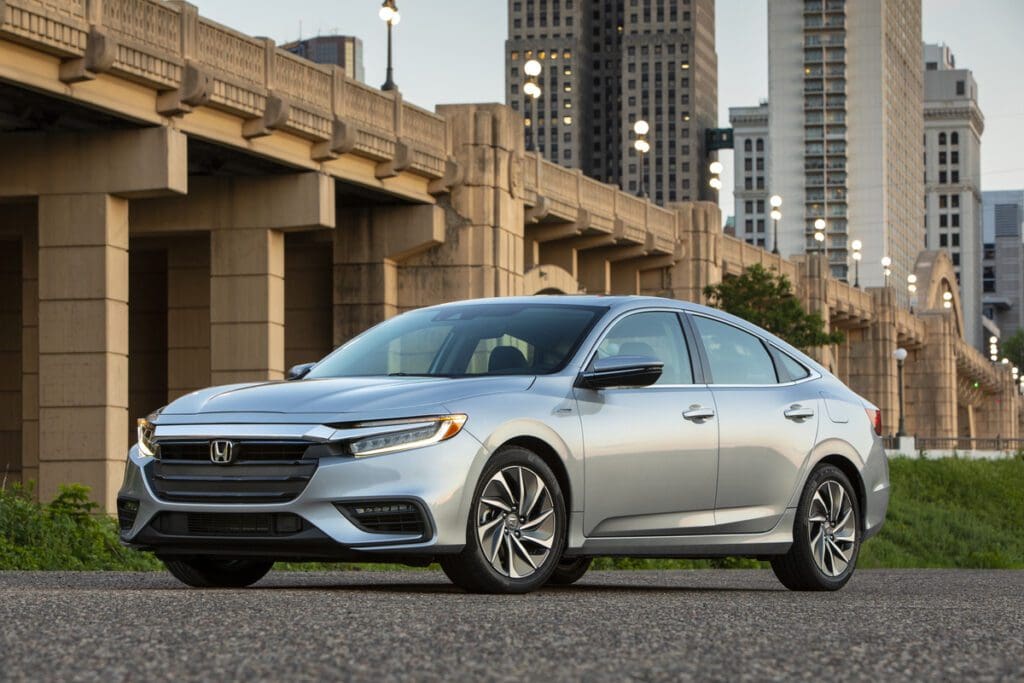
Honda Insight
- 52 mpg (combined)
- $2,054 purchase premium
- $623 annual fuel savings
- 3.3 years to break even
Opt for the Honda Insight, and you’ll pay an average of $2,054 more than its non-hybrid equivalent, the Civic. That means the compact sedan takes 3.3 years to pay back the extra cost, given its annual fuel savings of $623.
But don’t let those numbers deter you. The Insight punches above its weight in terms of refinement and driving dynamics. It also boasts a comfortable and well-designed interior, not to mention Honda’s reputation for quality engineering. Note that our analysis focuses on 2019 and newer models, which improve dramatically on prior versions of the Insight. They also come with a robust set of standard driver aids, including emergency automatic braking, adaptive cruise control, and lane-keeping assist.
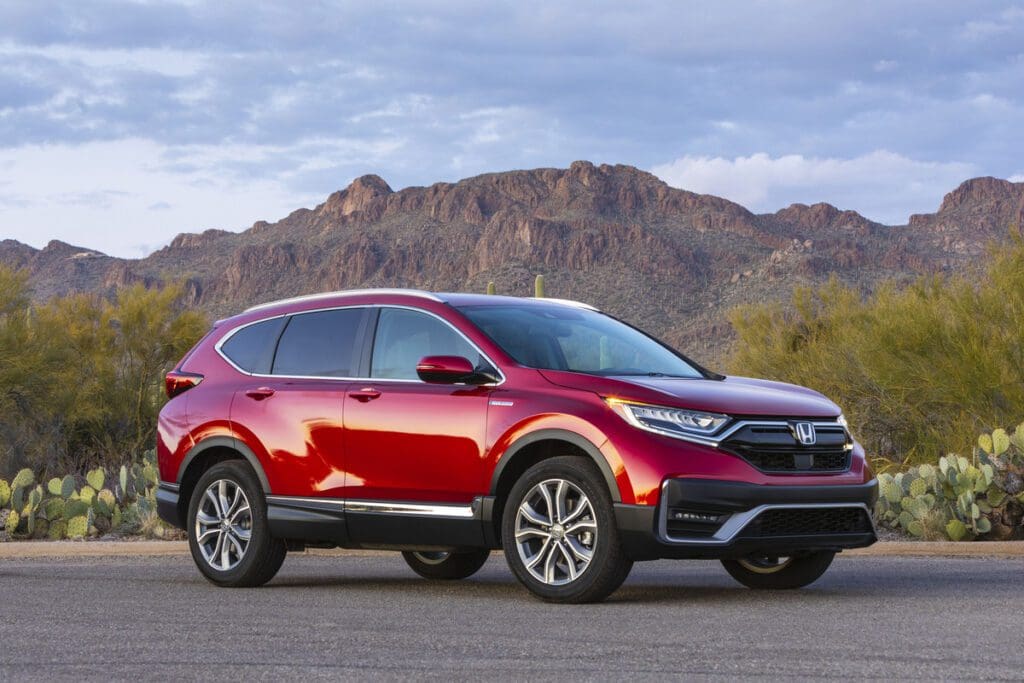
Honda CR-V Hybrid
- 38 mpg (combined)
- $1,162 purchase premium
- $334 annual fuel savings
- 3.5 years to break even
The Honda CR-V Hybrid has a modest purchase premium of $1,162 over the standard CR-V. Considering its annual fuel savings of $334, you’re looking at approximately 3.5 years to recoup that initial investment. But assuming you keep the compact SUV for at least four years, you’ll still come out ahead.
Introduced in 2020, the CR-V Hybrid provides the same great functionality as the regular model, including ample cargo space and a well-laid-out and comfortable cabin. Additionally, its electrified powertrain combines solid performance with impressive quietness, setting it apart from some of the less-refined hybrids out there. It also comes standard with all-wheel drive and Honda’s Safety Sense suite of advanced safety features, providing an extra layer of protection for you and your family.
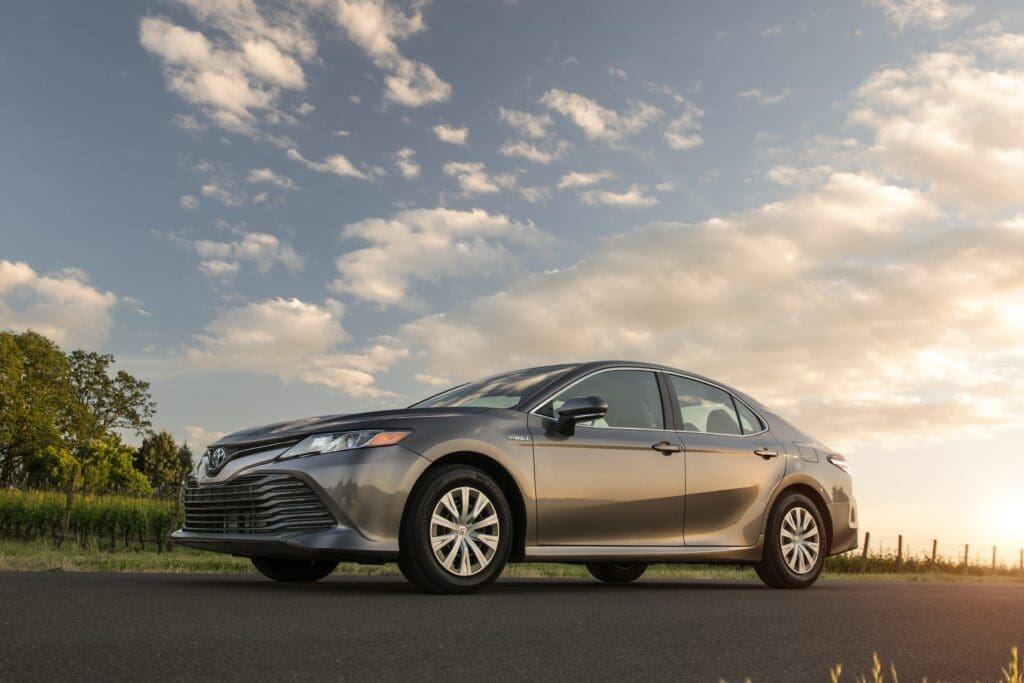
Toyota Camry Hybrid
- 52 mpg (combined)
- $2,293 purchase premium
- $623 annual fuel savings
- 3.7 years to break even
The Toyota Camry Hybrid has a rather high purchase premium of $2,293 over the standard Camry. But with a stellar fuel economy rating of 52 mpg (combined), it delivers impressive annual fuel savings of $623. That keeps its break-even timeframe to a reasonable 3.7 years.
But impressive fuel efficiency is not this midsize sedan’s only winning attribute. It earns high marks for its refined performance, remarkable reliability, and functional and spacious cabin. From the 2018 model year onwards, the Camry also benefits from a sleek exterior makeover, giving it more pizazz than you might expect from such a mainstream model. Additionally, it comes packed with generous standard safety features, including adaptive cruise control and lane-keeping assist.
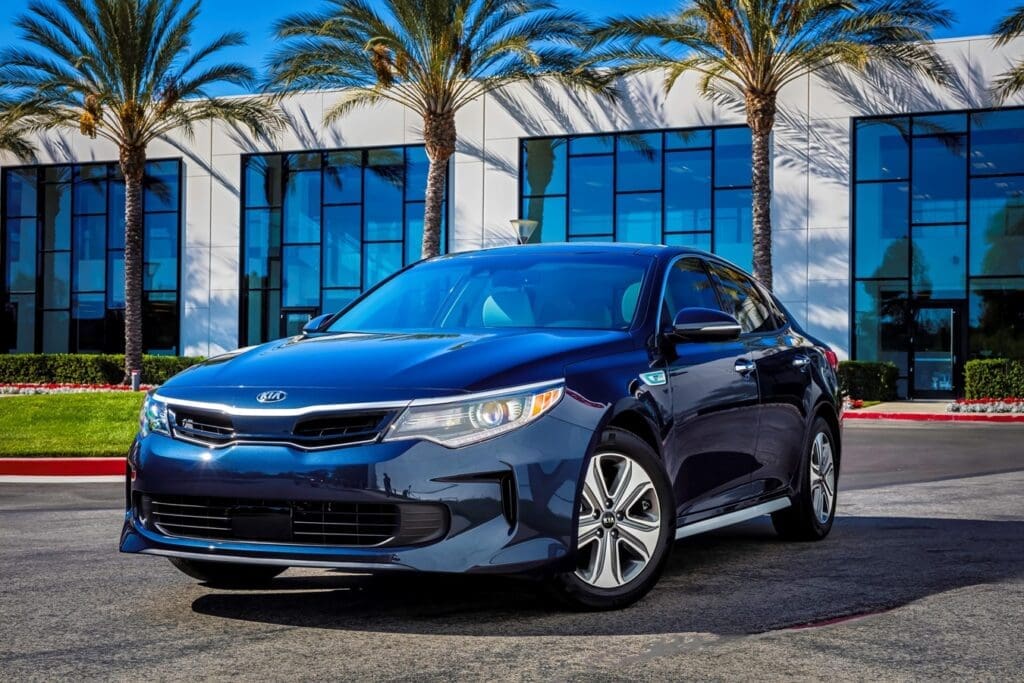
Kia Optima Hybrid
- 42 mpg (combined)
- $1,641 purchase premium
- $419 annual fuel savings
- 3.9 years to break even
The Kia Optima Hybrid concludes our “Worth It” list with a purchase premium of $1,641 over the standard Optima. Its combined fuel economy of 42 mpg yields an annual fuel savings of $419, setting the break-even period at just under four years.
While it takes a bit longer to pay back its initial investment, the Optima Hybrid offers more than just thrift at the gas pump. It also stands out for its attractive exterior design and high-quality interior, rivaling more expensive models. It’s just as accomplished on the road, offering a comfortable, composed ride that makes short work of daily commutes. Choose 2019 and later examples for their host of added standard safety tech, including forward collision warning and lane-keeping assist. Note, however, that 2020 is the final model year for the Optima Hybrid.
Not Worth It
These used hybrid models take eight years or more to pay back their initial price premiums. That’s longer than the average U.S. car ownership period and well beyond the typical hybrid battery warranty (eight years or 100,000 miles), which risks adding even further to their overall cost.
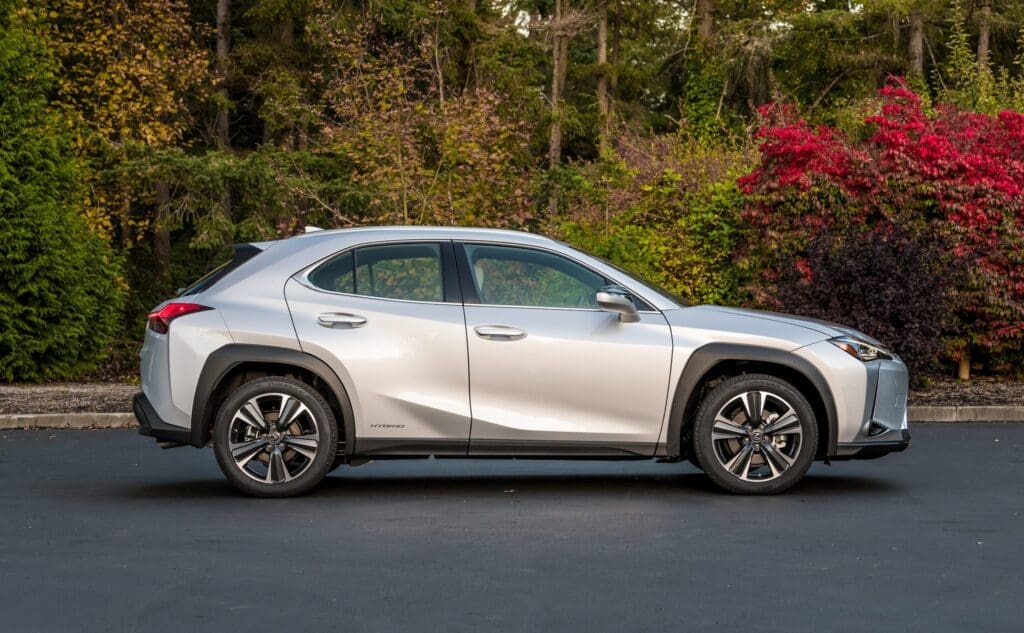
Lexus UX 250h
- 40 mpg (combined)
- $2,668 purchase premium
- $298 annual fuel savings
- 8.9 years to break even
The Lexus UX 250h kicks off our “Not Worth It” list with a steep purchase premium of $2,668 over the standard UX 200. With its 40 mpg combined fuel economy, the hybrid version saves you only $298 a year in fuel costs. Doing the math, that translates to a lengthy 8.9 years to break even on your initial investment.
We say buy the non-hybrid UX 200 instead. It offers most of the same great features and still returns an excellent 33 mpg (combined). Probably its most significant deficit is a lack of all-wheel drive, which only comes on the hybrid model.
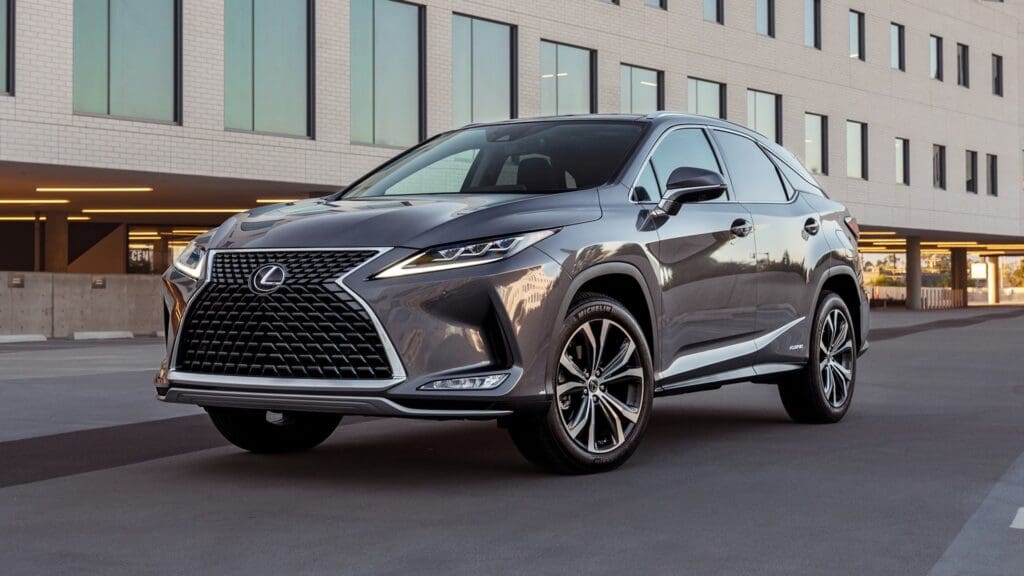
Lexus RX 450h
- 30 mpg (combined)
- $6,905 purchase premium
- $571 annual fuel savings
- 12.1 years to break even
With a combined fuel economy rating of 30 mpg, the Lexus RX 450h does return significantly better fuel economy than the standard RX 350, which earns a modest 22 mpg. However, its jaw-dropping $6,905 purchase premium means it takes over a decade of fill-ups to regain that upfront cost. That puts it squarely in “Not Worth It” territory.
If you’re still intrigued by the midsize Lexus crossover, the RX 350 offers nearly identical amenities minus the hybrid powertrain. Unless you’re dead set on buying the eco-friendly model, keep those extra dollars in your savings account instead.
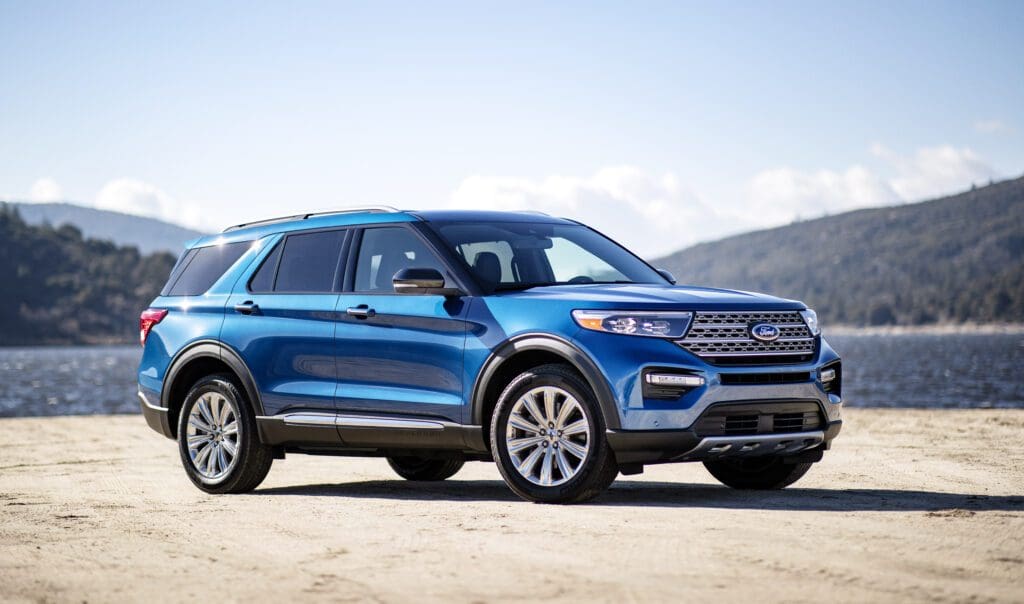
Ford Explorer Hybrid
- 28 mpg (combined)
- $4,338 purchase premium
- $335 annual fuel savings
- 13.0 years to break even
The Explorer Hybrid rounds out our “Not Worth It” list. Ford’s midsize hybrid SUV is not a bad vehicle, but the numbers simply don’t add up. With a steep purchase premium of $4,338 over the non-hybrid Explorer and only $335 in annual fuel savings, you’re looking at a prolonged 13-year breakeven period.
While the hybrid Explorer does offer a bit more power and towing capability, these perks may not be worth the added cost. Either stick with the non-hybrid version, which offers similar comfort and space at a much lower price. Or consider the much thriftier three-row option on our list, the Toyota Highlander Hybrid.
The Bottom Line
When it comes to hybrid vehicles, “worth it” can vary dramatically from one model to another — and also from one person to the next. If you’re looking to earn back your initial investment in a used hybrid quickly, models like the Lexus ES 300h and Ford Fusion Hybrid top the list. On the flip side, some, like the Ford Explorer Hybrid and Lexus RX 450h, can take over a decade to recoup their higher upfront costs. They are clearly not “worth it.”
But there are reasons to buy a used hybrid besides just the numbers. Your driving habits and preferences, the length of time you plan to keep the car, and even your personal beliefs all affect the calculus. The point is to use this list as a guideline rather than as gospel. We just want you to make an informed choice.
Complete Results
We’ve included the complete results of our 18-model analysis below, in case you want to explore further.

Photos courtesy of Ford, Honda, Kia, Lexus, and Toyota